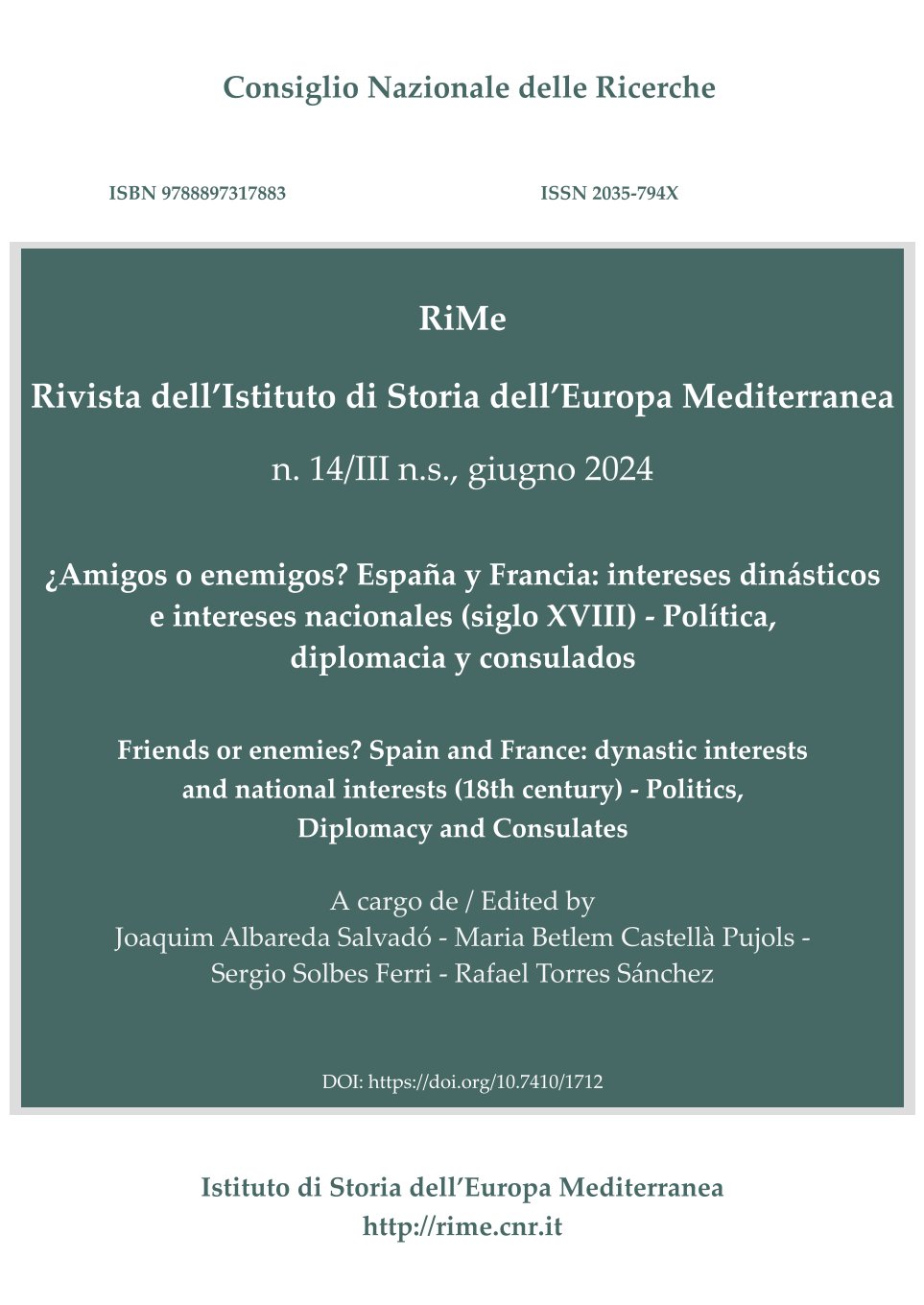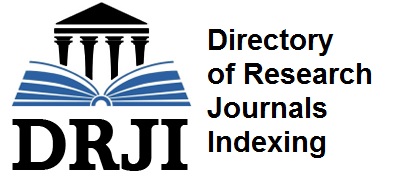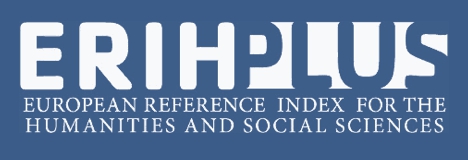"Desafrancesar al rey". Estrategias propagandistas de legitimación de Felipe V
"Defrenchify the King". Propagandist strategies for legitimation of Philip V
Abstract
Among the various problems that Philip V faced to secure his throne, ensuring his legitimacy as successor to Charles II and the House of Austria was of great importance. His origin and belonging to the Bourbon dynasty became a problem to be solved, not only about the international justification of his right to the throne but especially within a monarchy that, for a long time, viewed with suspicion everything that came from the neighbouring country.
In this endeavour, an important propaganda production was carried out that sought not only to reaffirm his rights to the throne but also to assimilate him to the idiosyncrasy of the Hispanic monarchy and affirm Spanish roots that, largely, managed to blur his French origin. In this paper, we want to approach the main propaganda strategies and means used to achieve this objective.
Entre los diversos problemas a que debían enfrentarse Felipe V para asegurar su trono, revistió gran importancia asegurar su legitimidad como sucesor de Carlos II y el Casa de Austria. Su procedencia y pertenencia a la dinastía Borbón se convirtió en un problema a solventar no en lo referente a la justificación internacional de su derecho al trono, sino especialmente dentro de una monarquía que, desde largo tiempo atrás, veía con sospecha todo lo llegado desde el país vecino.
En ese empeño se llevó a cabo una importante producción propagandística que buscó no solo reafirmar su legítimo derecho al trono sino asimilarlo a la idiosincrasia propia de la monarquía hispánica y afirmar unas raíces españolas que, en buena medida, consiguieran difuminar su origen francés. El objetivo de este artículo es acercarse a las principales estrategias propagandísticas empleadas y los medios puestos en juego para conseguir este objetivo.

This work is licensed under a Creative Commons Attribution-NonCommercial 4.0 International License.
Authors who publish with this Journal agree to the following terms:
Authors retain copyright and grant the Journal right of first publication with the work simultaneously licensed under a Creative Commons Attribution-NonCommercial 4.0 International License.
This Journal permits and encourages authors to post items submitted to the Journal on personal websites or institutional repositories both prior to and after publication, while providing bibliographic details that credit, if applicable, its publication in this Journal.

















